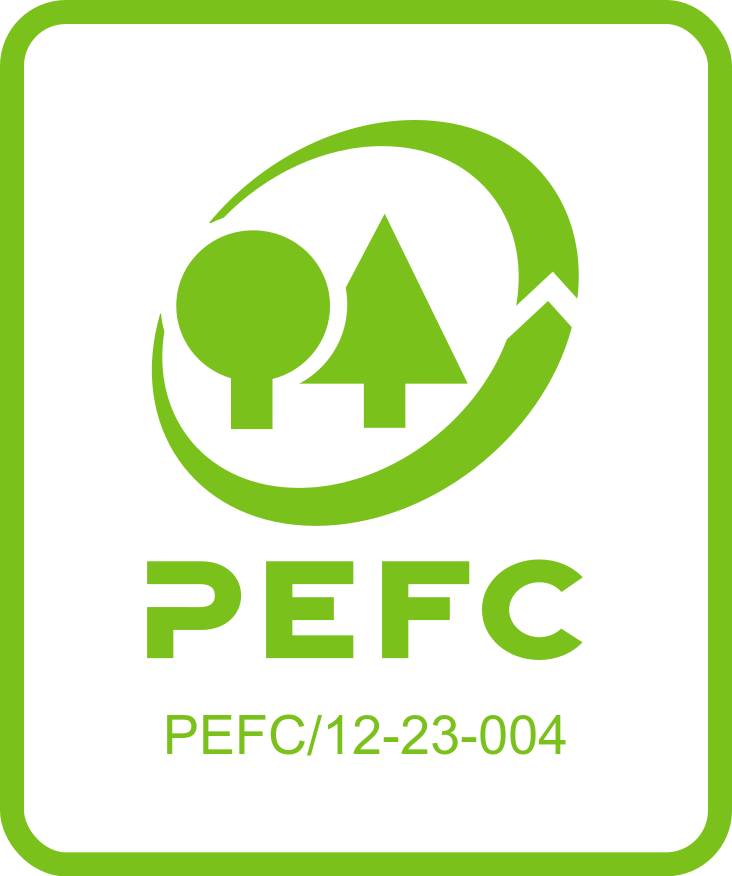Precomercial thinning is an important part of good forestry practice. The quality of forest stand at the moment when it reaches the cutting stage is directly dependent on the quantity and quality of the precomercial thinning activities that have been carried out. High-quality thinning, if done at the correct moment, ensures the development of a healthy and high-yielding forest.
The foresters who carry out the precomercial thinning understand the importance and know how it reflects on young and mature forests. Each activity has a particular goal.
The principal activities in young stand tending are thinning, pruning or cutting the number of shoots.
Tending of young stand is necessary to prevent too much competition between the most valuable and healthy young trees. Thus, the most economically efficient and the best-fitting structure of the trees species forming a certain forest type is created. Best fitting structure of the trees species for a certain forest type is a basis for a healthy forest, resistant to damage from snow, wind or other harmful influences. Trees with symmetrical well-developed crowns and stems are kept, while underdeveloped or dry trees with misshapen trunks are cut.
Pruning is done after the process of thining has taken place, the competition between the trees for nourishment decreases. For the part of trees with the best quality stems has released of the part of branches from the buttom of crown. It ensure much more valuable wood in the future.
When each and every tree is healthy, strong and tolerant, then so is the whole forest!







